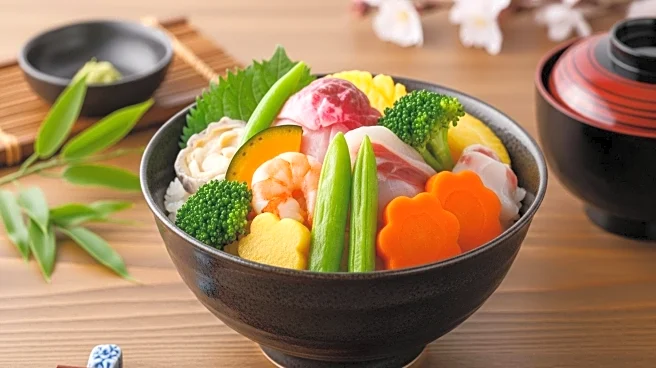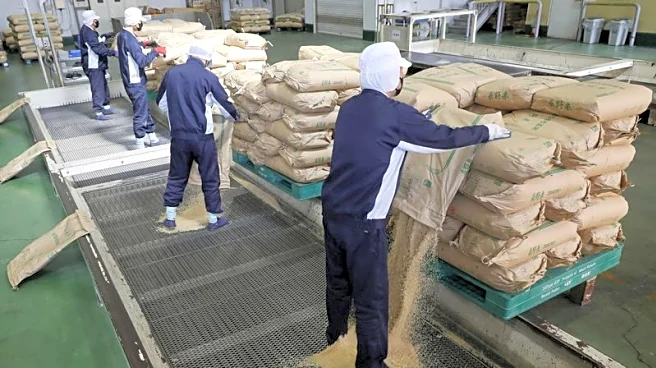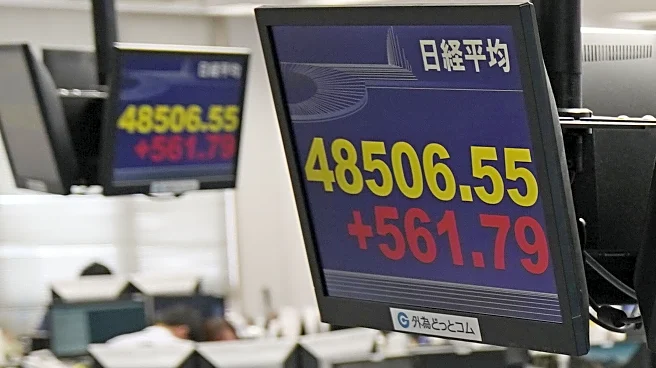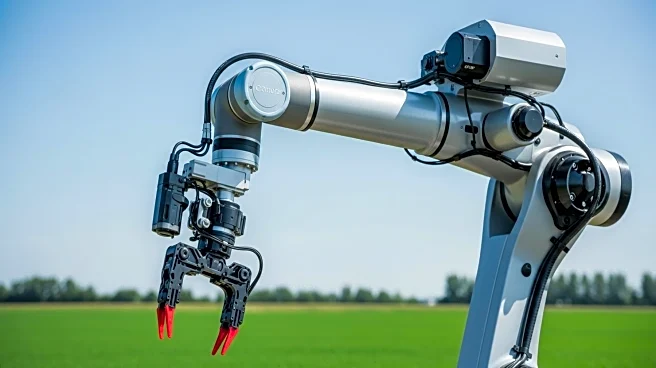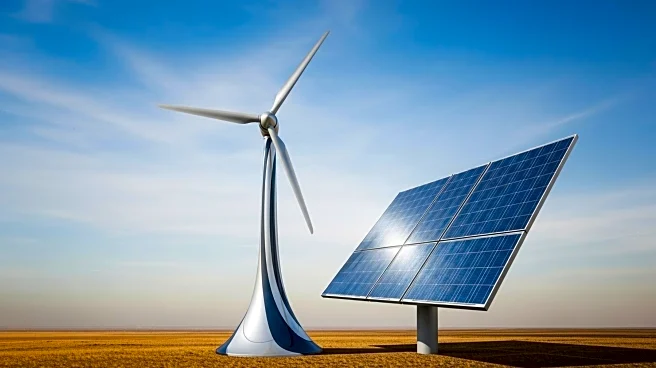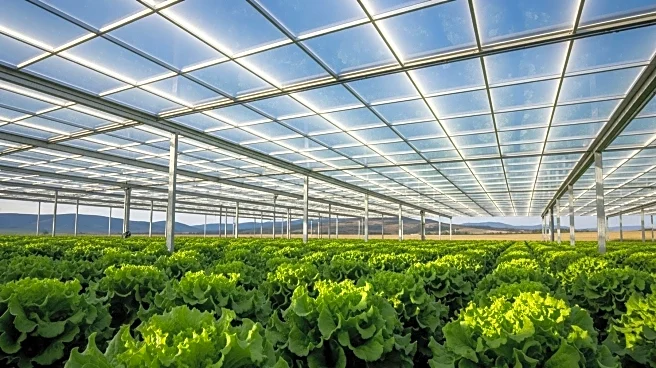What is the story about?
What's Happening?
Japan's calorie-based food self-sufficiency rate for fiscal 2024 remains at 38%, unchanged for the fourth consecutive year, according to the agriculture ministry. Despite growth in domestic production of rice, sugar beets, and sugarcane, adverse weather conditions such as downpours and droughts in southwestern and western regions have led to lower wheat and soybean output. The current self-sufficiency rate falls short of the fiscal 2030 target of 45% set by Prime Minister Shigeru Ishiba's cabinet. The ministry also reported a calorie intake-based self-sufficiency rate of 46%, focusing on actually consumed calories for daily living.
Why It's Important?
Japan's stagnant food self-sufficiency rate highlights ongoing challenges in achieving greater domestic food production. The reliance on imports for certain food products poses risks to food security, especially in the face of global supply chain disruptions. Efforts to improve productivity and expand production are crucial to meet future targets and ensure a stable food supply. The situation underscores the need for strategic planning and investment in agriculture to enhance resilience against climate-related impacts.
What's Next?
To address the stagnation in food self-sufficiency, Japan may need to implement policies that support agricultural innovation and sustainability. This could involve investing in technology to improve crop yields and resilience to adverse weather conditions. Additionally, the government might consider incentives for farmers to adopt practices that enhance productivity and reduce dependency on imports.
Beyond the Headlines
The focus on increasing food self-sufficiency could lead to broader discussions on sustainable agriculture and food security. As climate change continues to impact agricultural output, Japan may explore collaborations with other countries to share best practices and technologies. This could foster international cooperation in addressing global food security challenges.
AI Generated Content
Do you find this article useful?
